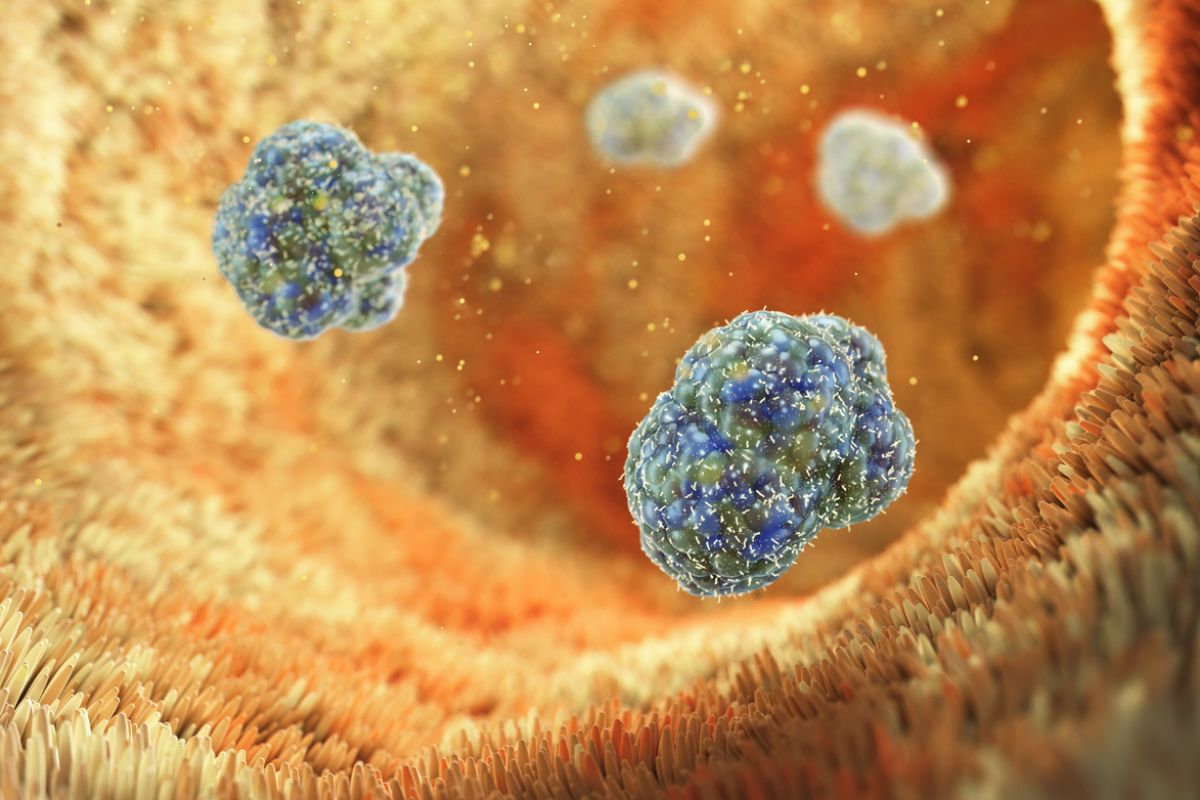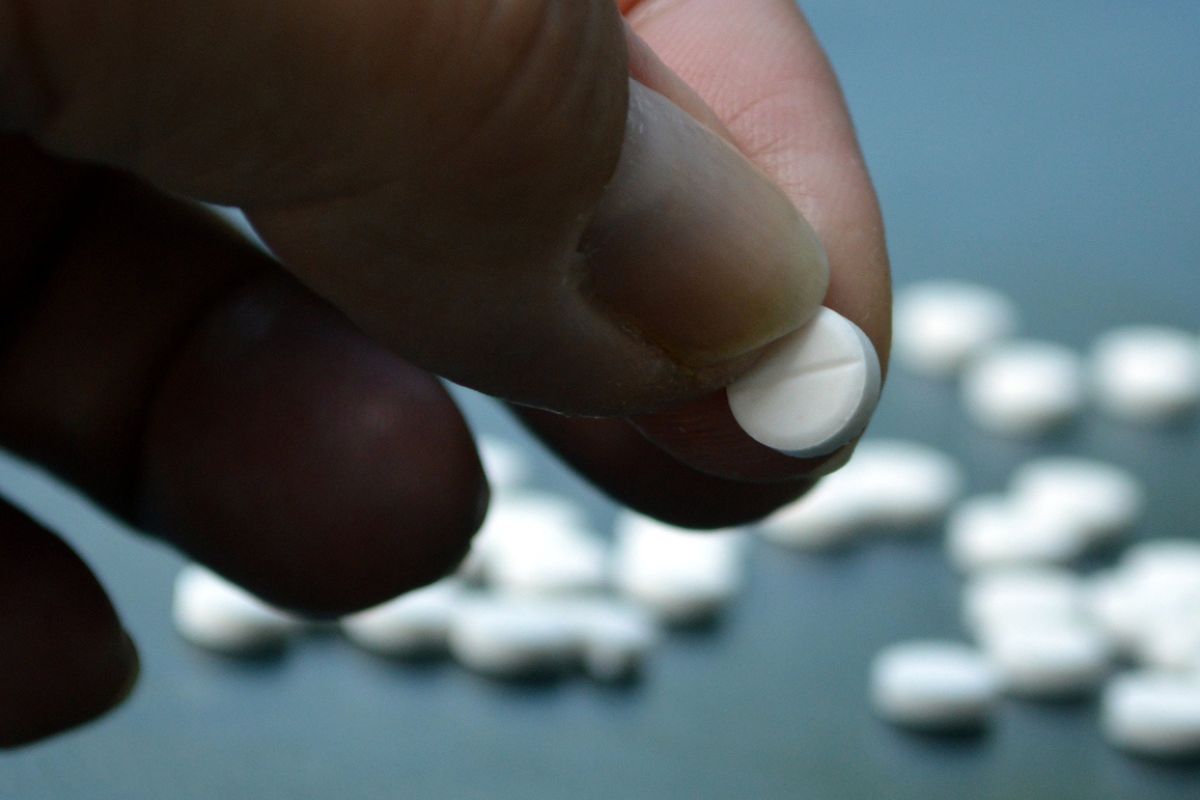There’s little doubt that psychedelics represent the next frontier in mental health pharmacology. But for as much hope and excitement that comes with that sense of exploration, just as much fear and skepticism lingers, too.
Early research has already shown that:
- Psychedelics can help alleviate depression symptoms in cancer patients.
- Psilocybin appears to assist some patients struggling with Parkinson’s disease.
- And ketamine (among other things) can ease PTSD symptoms.
But, at the same time, the data shows that LSD doesn’t do much for ADHD patients. And there are all kinds of risks with psychedelic use – such as serotonin toxicity, for example – that demand further investigation.
A New Breakthrough?
The latest development suggests that psychedelics could pave the way for a novel treatment for some of the more complex psychiatric conditions – such as schizophrenia – but without the fear of hallucinations.
A group of University of California scientists have developed a new compound, (+)-JRT, that’s a modified version of LSD. It delivers the therapeutic benefits of psychedelics while curtailing their hallucinogenic effects.
For decades, psychedelic drugs like LSD have repeatedly displayed the potential for promoting neuroplasticity – the brain’s ability to grow and reorganize neural connections. And, as we know, this ability to “mend” damaged neural circuits holds promise for treating addiction, depression, and schizophrenia.
But the intense hallucination that psychedelics are popular (and vilified) for have hampered widespread adoption. They can be a problematic option for for someone with a psychotic disorder or a family history of psychosis.
Now, researchers have chemically modified LSD by transposing a pair of its atoms to create JRT, sidestepping the pitfalls of hallucinations entirely.
“Basically, what we did here is a tire rotation,” corresponding author David E. Olson, director of the Institute for Psychedelics and Neurotherapeutics explained in a press release. “By just transposing two atoms in LSD, we significantly improved JRT’s selectivity profile and reduced its hallucinogenic potential.”
Tackling the Structural Roots of Mental Illness
Multiple studies have established that many of schizophrenia’s symptoms stem from structural deficits in the brain. These range from reduced dendritic spine density to abnormal synaptic protein levels in the cortex. And while traditional antipsychotics can help clinicians manage hallucinations, those drugs still fall short in treating both negative and cognitive symptoms. And that’s without even considering the other potential side effects.
“No one really wants to give a hallucinogenic molecule like LSD to a patient with schizophrenia,” Olson, who’s also a professor of chemistry, biochemistry and molecular medicine at UC Davis, added. “The development of JRT emphasizes that we can use psychedelics like LSD as starting points to make better medicines. We may be able to create medications that can be used in patient populations where psychedelic use is precluded.”
And that’s where JRT shines. In preclinical studies, a single dose of the compound produced a 46% increase in dendritic spine density in the brain’s prefrontal cortex. Even better, the compound reversed cortical atrophy brought on by chronic stress. It also boosted performance in behavioral tests that model depression and cognitive flexibility in rodents.
But is it a Safer Psychedelic?
What sets JRT apart from traditional psychedelics is its lower hallucinogenic potential. Unlike LSD, JRT didn’t induce hallmark behaviors – such as head twitching or hyperactivity – that are normally associated with hallucinogens in animal models. JRT also failed to trigger gene expression changes linked to psychosis.
Further research showed that while JRT is a partial agonist of the 5-HT2A serotonin receptor, it activates the receptor just enough to promote neuron growth, but without triggering hallucinations.
Additionally, JRT shows strong activity at the 5-HT2C receptor, which has been a target for treating depression and psychosis without the dopamine-related side effects. Notably, JRT doesn’t meaningfully interact with most other receptors. That, the paper’s authors insist, suggests that it could prevent the weight gain, sedation, and metabolic issues so common in drugs like clozapine.
In head-to-head comparisons, in fact, JRT outperformed both LSD and clozapine in promoting cortical neuron growth.
Filling a Clinical Gap
Despite the buzz surrounding psychedelic-assisted therapy, clinical trials have (necessarily) excluded most patients due to safety concerns, up to 95% in some studies. Obviously, this has limited access to those who it could help the most.
JRT could change that. Its safety profile and lack of hallucinogenic effects make it a welcome candidate for broader applications. The compound’s efficacy in curbing symptoms of depression, restoring interest in everyday activities, and encouraging cognitive flexibility all suggest a wide therapeutic scope.
The emergence of this new compound also adds to a growing body of research supporting partial 5-HT2A receptor agonism as a way to foster neuroplasticity – without the usual drawbacks.
Looking Ahead
While the results are certainly encouraging, Olson and his team advocate for human trials in clinical settings. The compound’s preclinical profile makes it an prime candidate for further development, particularly for disorders like schizophrenia, where existing treatments simply aren’t enough.
As the hype around psychedelic medicine dies down and more scientists pick up the real work of finding out just what these drugs can (and can’t) do, discoveries like JRT will help drive future research. It doesn’t just open new doors for these novel therapies. It highlights the massive potential of structure-based drug design in moving mental health treatment forward.



